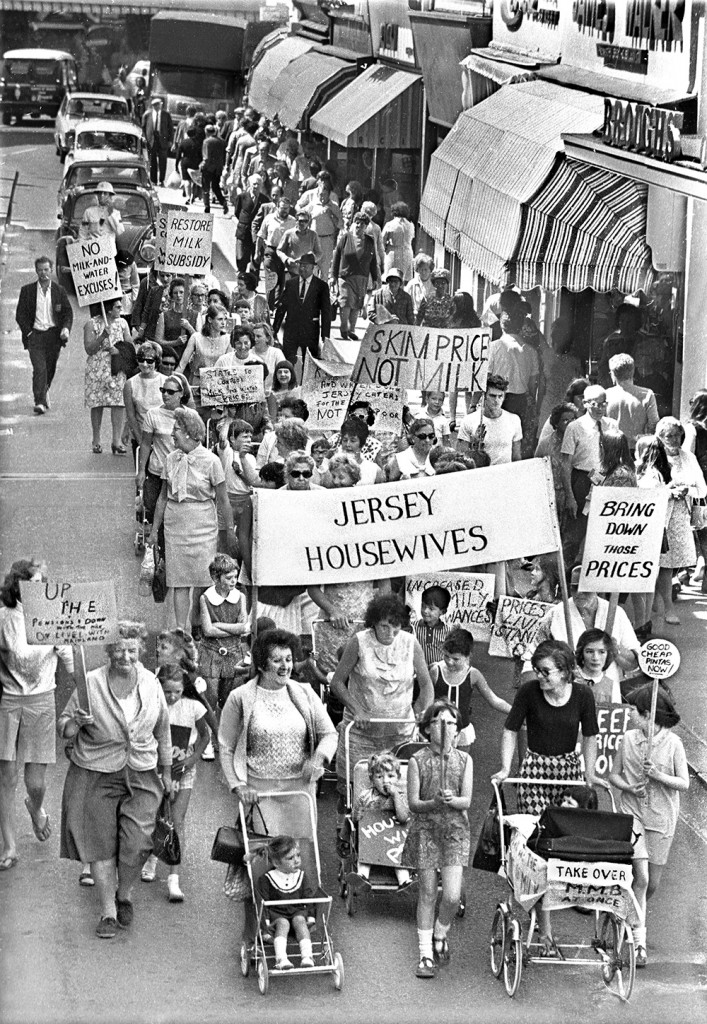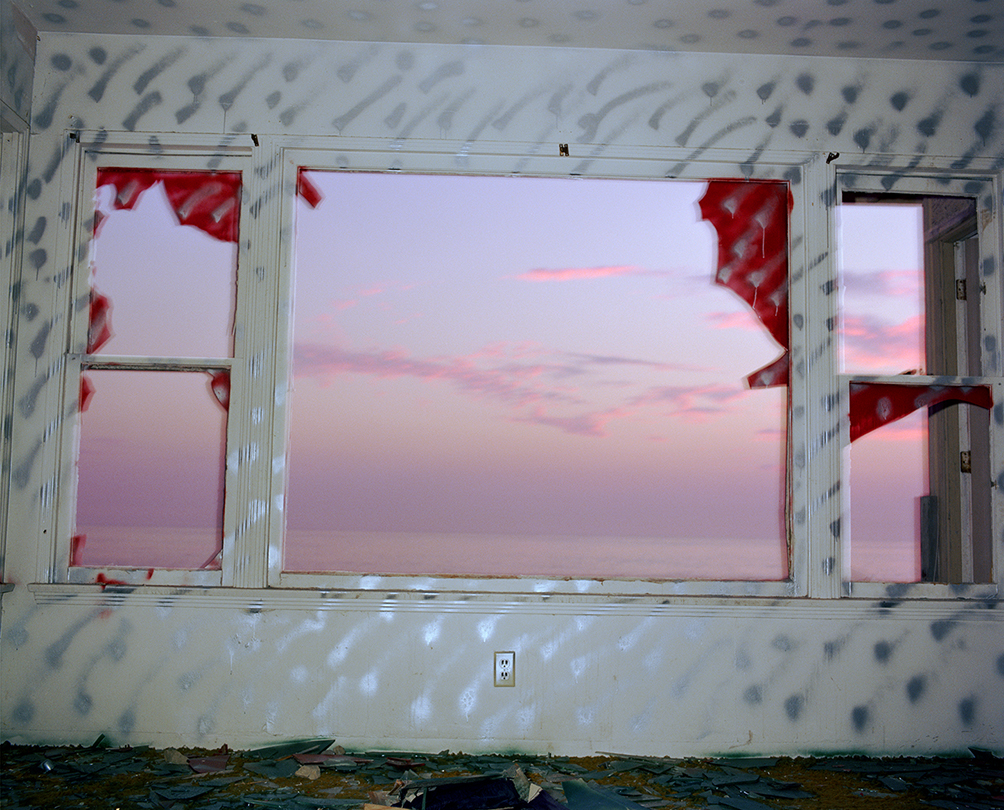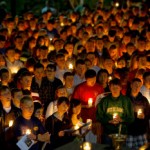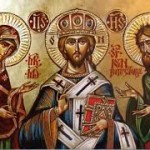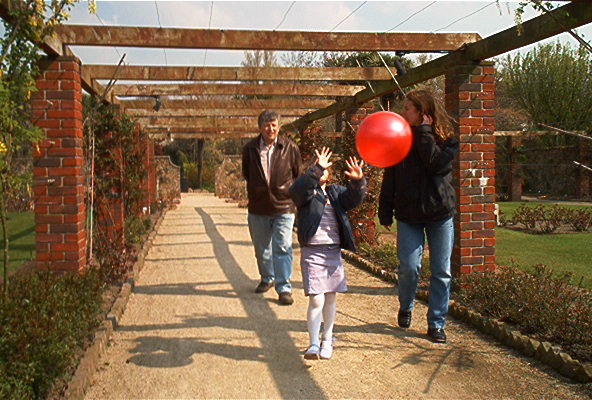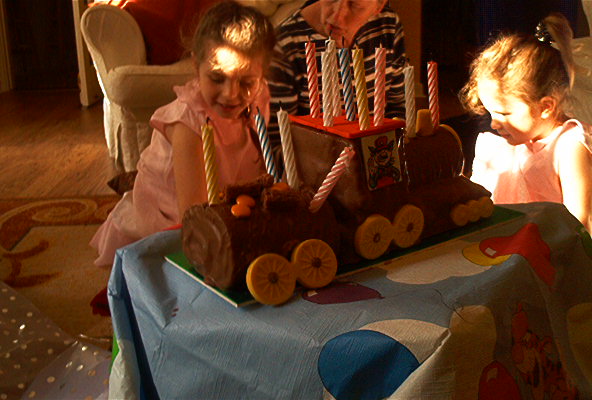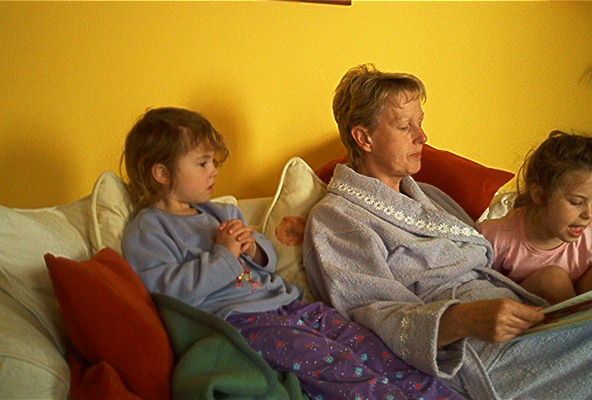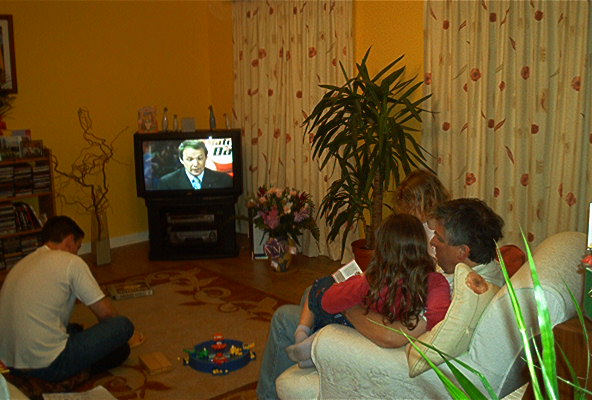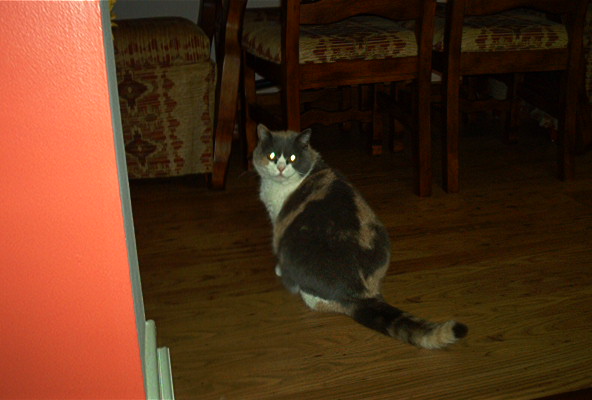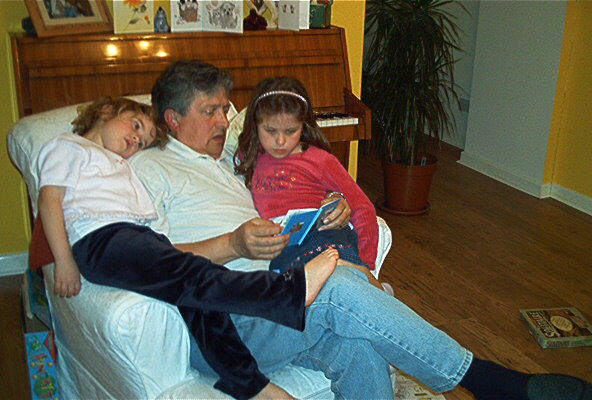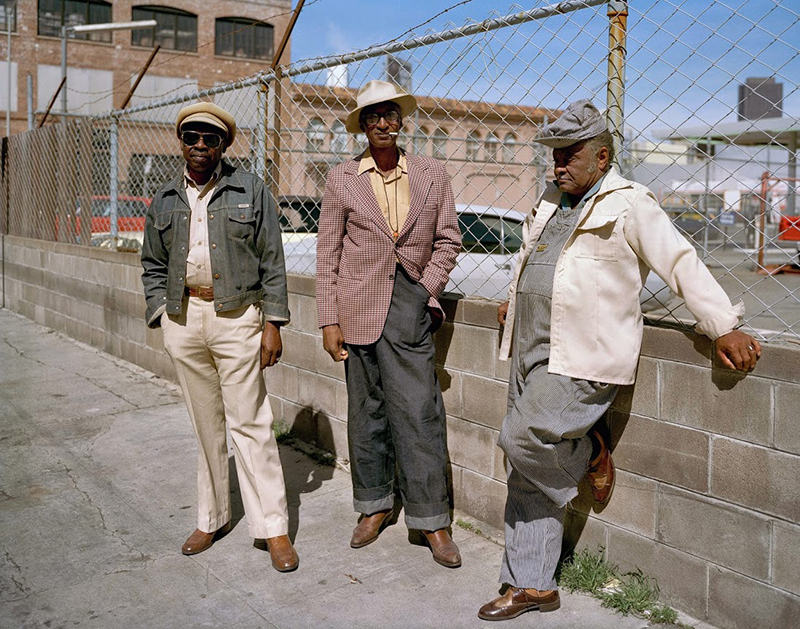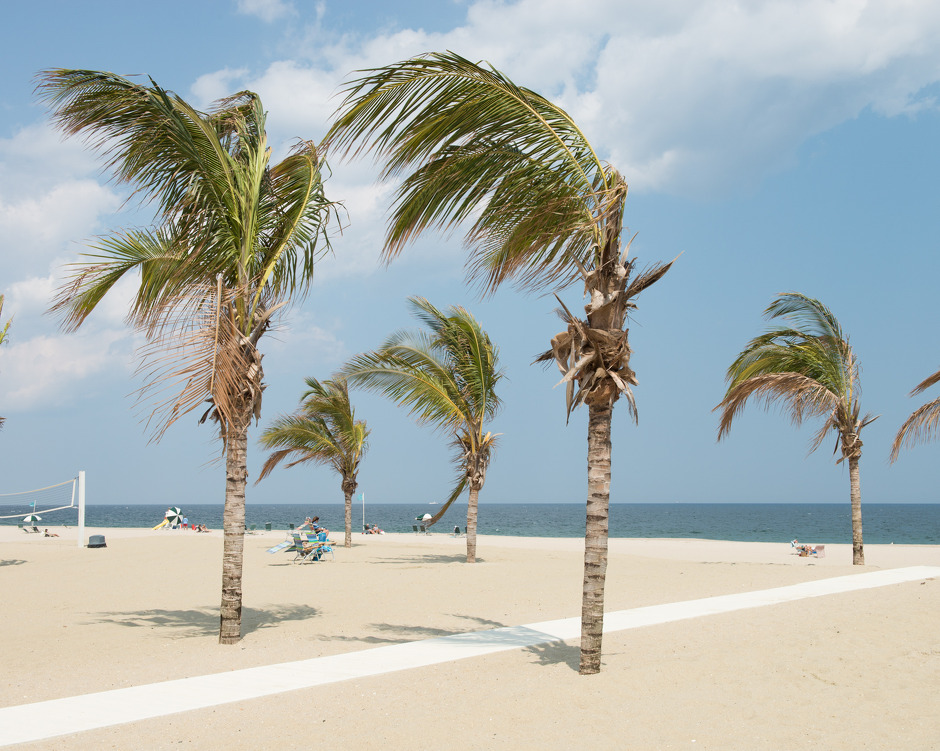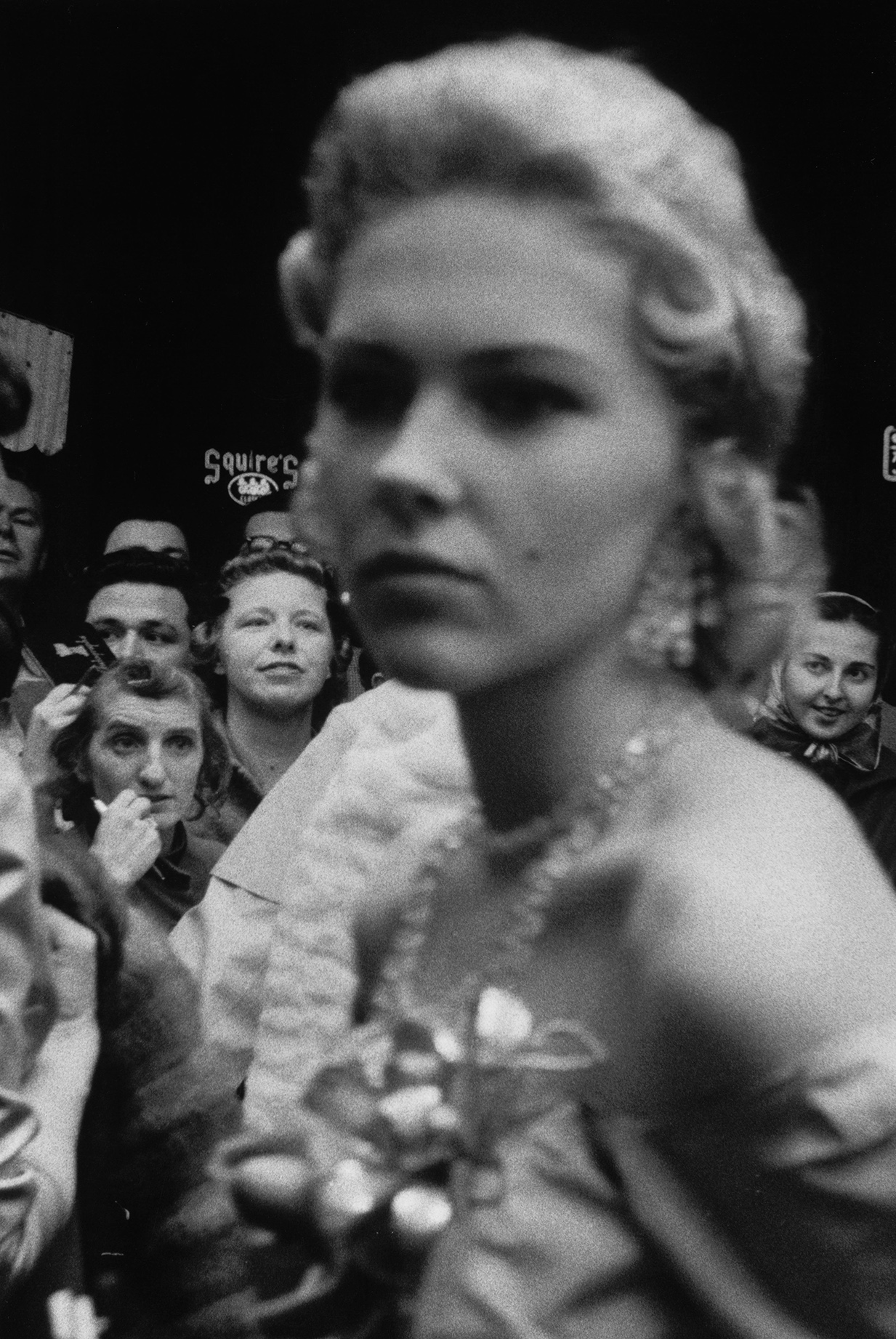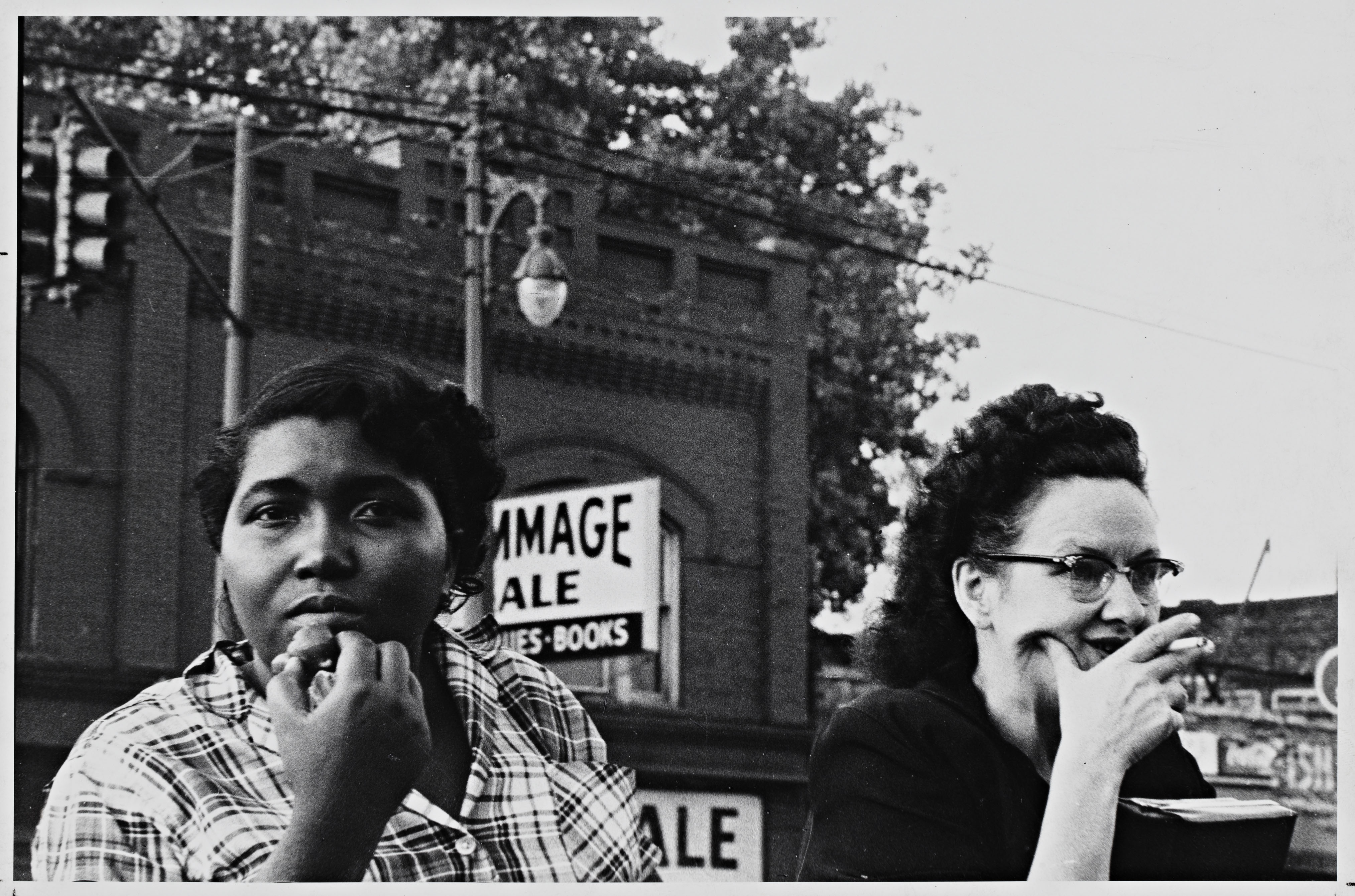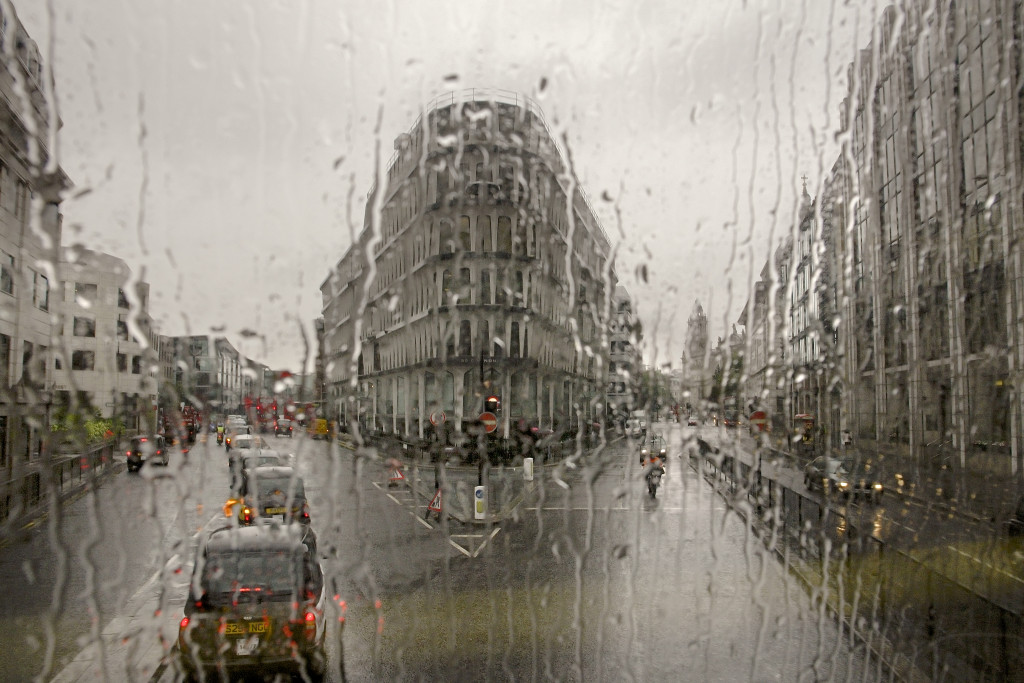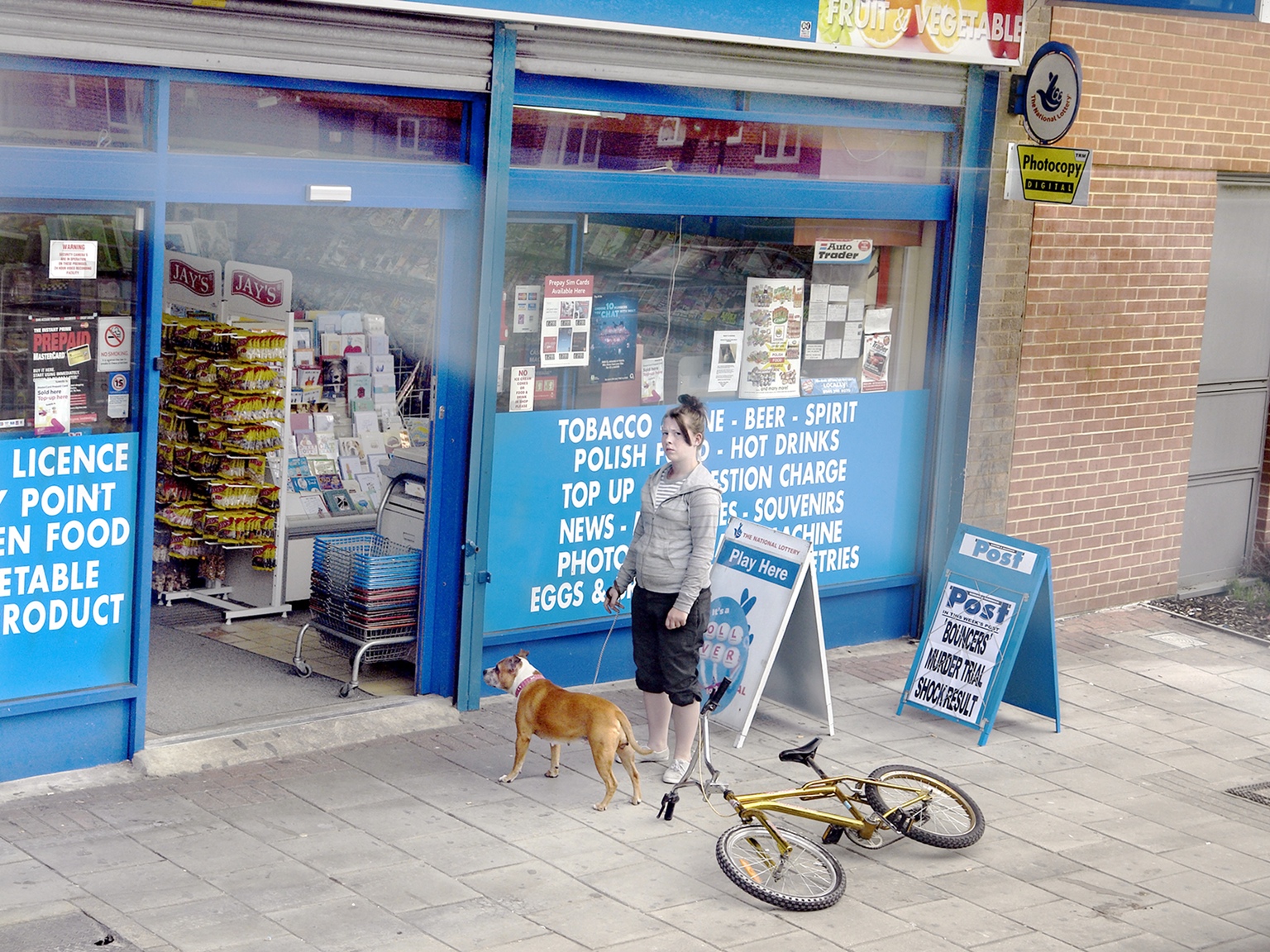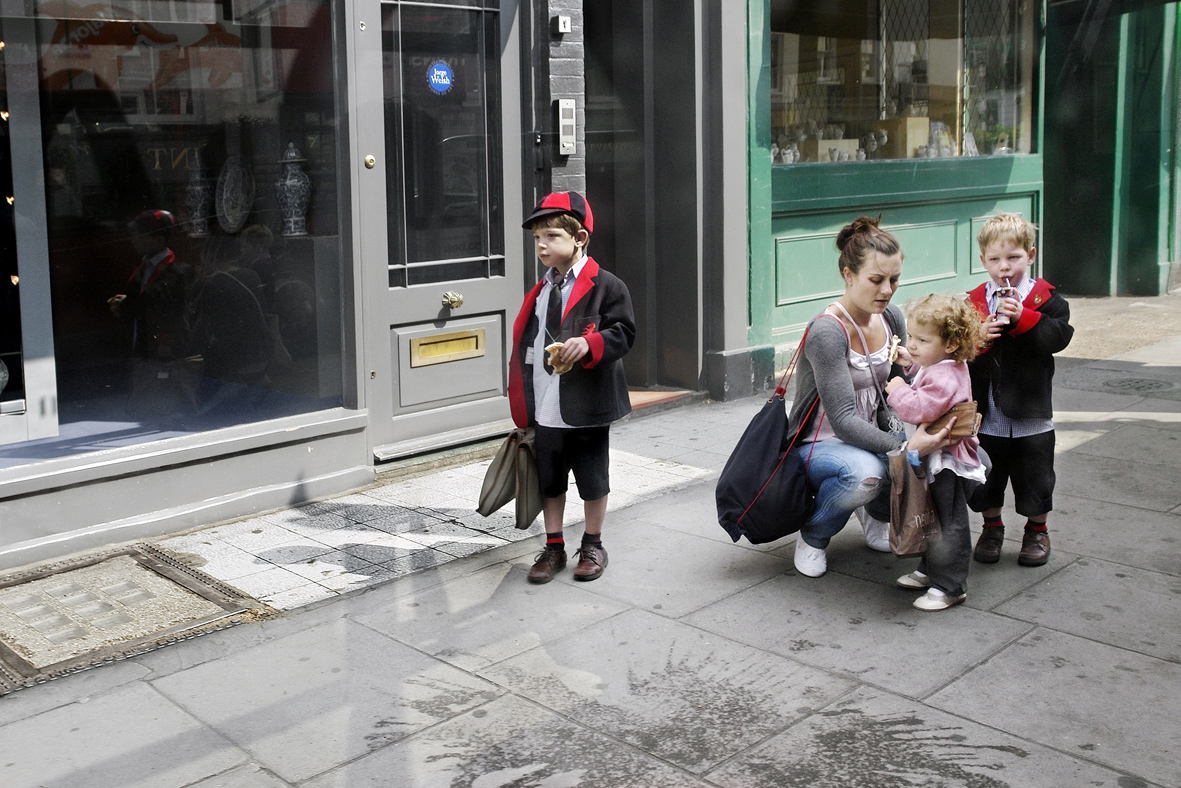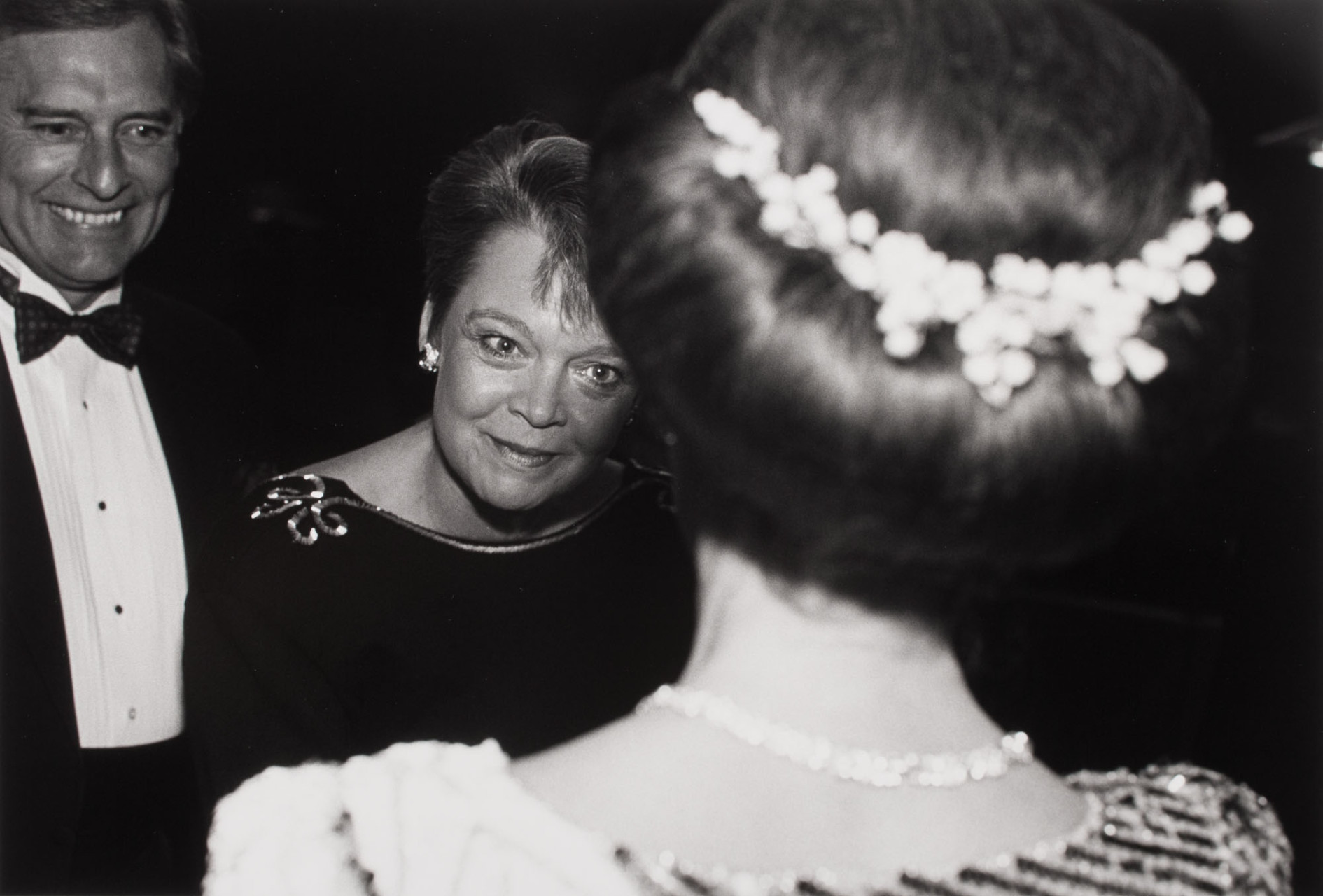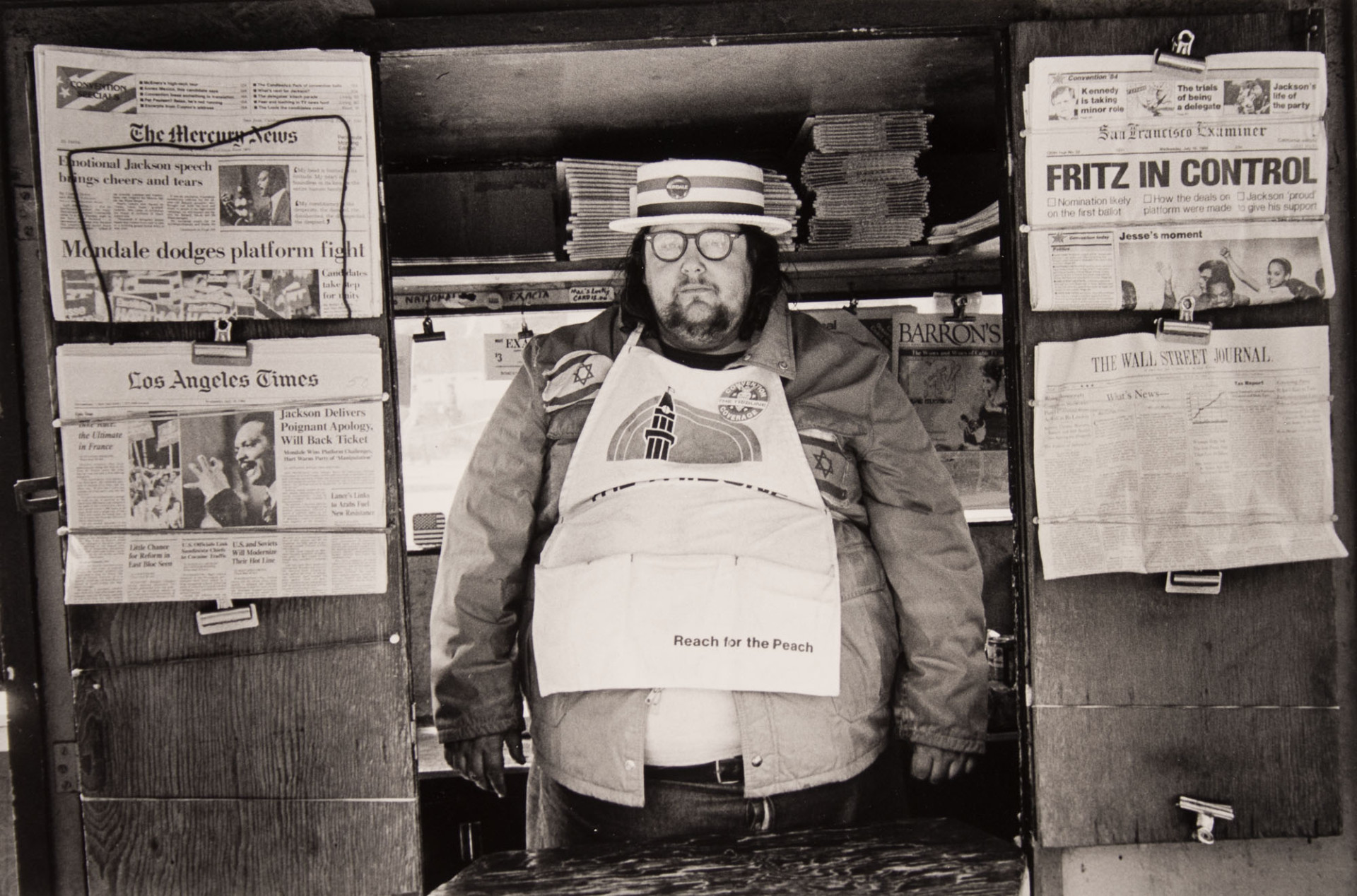Jersey Museum Takeover
Students at Haultieu have been offered the opportunity to be involved in a collaborative project with Jersey Heritage. We will have the chance to work with staff at Jersey Museum behind the scenes and mount a pop-up exhibition on Friday 20th November 2015. On Friday 23rd October we will be going on a trip to the Jersey Museum in order to engage with the images and gain experience and inspiration. The exhibition was held to to mark the newspaper’s 125th anniversary. It consists of a snapshot of the photographic archive, which goes back nearly 100 years. The assignment is to produce a response to the exhibition, Your story, our history: 125 years seen through a JEP lens. However, our version will be your story our history: 125 hours seen through a teenager’s lens.
- Write down the first thoughts about the exhibition that enters your head when you walk in?
The first thoughts that entered my head when I walked into the exhibition was the contrasting colours of the red background and the black and white photographs. I thought that it was clever to present the images in this way because it captured your attention, plus, the neat and precise display may it easy to understand which photographs went with the text. I also thought the photographs which had people as their subject were the most interesting to me; they stood out for me. However, overall I thought the exhibition came across very confusing, I didn’t understand why the project was called 125 years when only approximately 50 years was displayed. Also the little tiles of text were quite random and didn’t always clearly correlate with the image closest. In my opinion, I think the photographs would look more aestheically pleasing if they were displayed in a better way, possibly more spacing between the images and making them a better quality print as well as enlarging them.
- Look at all the images on the walls. Now find 3 images including your favourite image in the exhibition and one that you don’t like and write a short description of them.
The three images below are my favourite photographs from the exhibition mainly because they all incorporate people and society into the theme. The first image I selected as one of my favourites was because I like the authenticity of it, it feels almost movie like. I like the black and white style because it looks sophisticated and brings out the tones.
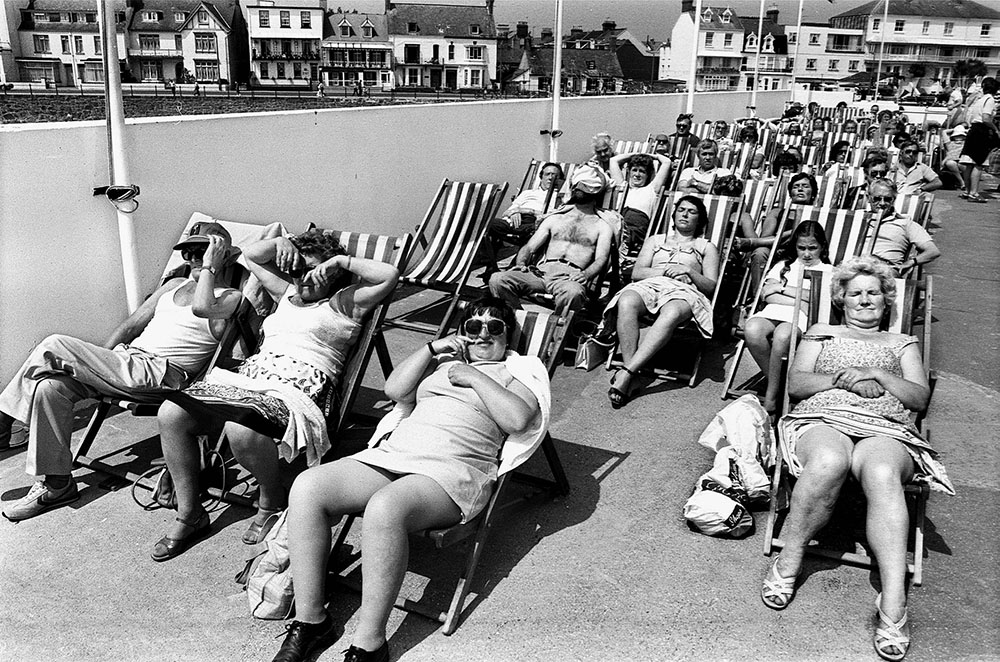
Summer at last! – Locals and visitors alike relax in the sun at the Havre des Pas Pool Fete on Bank Holiday Monday in May 1982
Pic taken Monday May 31st 1982
Ref: 82-1649 neg 7
Eighties exhib chosen
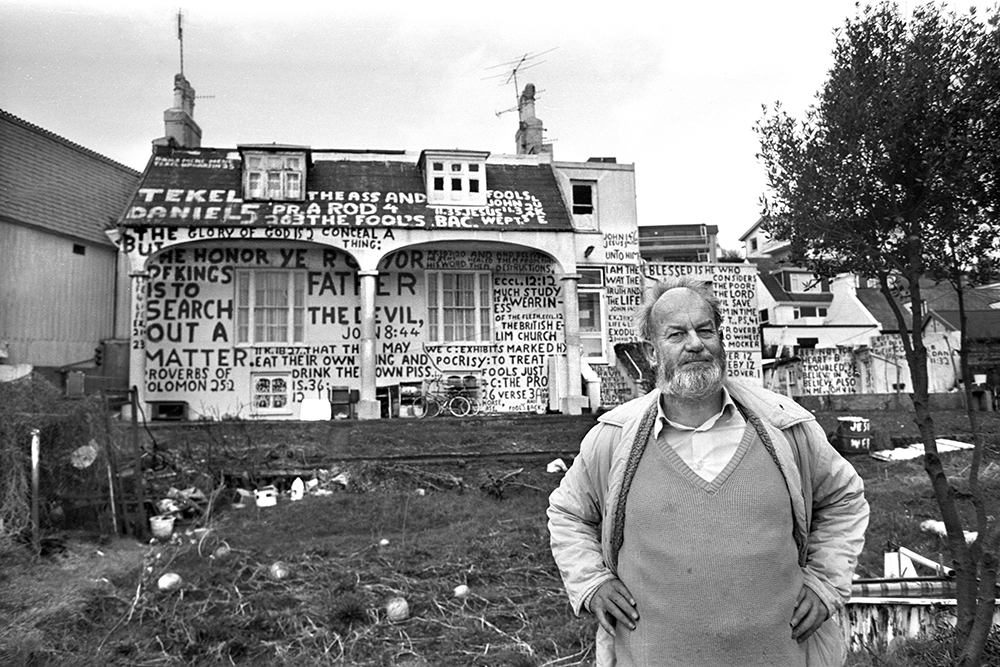
Writng On The Wall: Island character Robert Chalmers Bisson pictured outside his property “The White Lodge” or “The Retreat” at Mont Cochon in February 1988 (also known as Tekel)
Pic taken Thursday February 4th 1988 at 2pm
Picture: Reg Cridland
Original Ref: 88-367 neg 14
REF:01101901
Eighties exhib chosen
- What is it that you like about your favourite image?
The reason I picked this image as my favourite from the exhibition is because it represents women fighting for something they feel passionate about. I also like the angle it has been taken at, it offers a different perspective showing all the women’s faces from young to old. It is an inspiring image which shows a variation of textures and depths. Furthermore, the framing is also extremely important in this photograph, it captures the power and enthusiasm the women feel.
- What is wrong with your least favourite photograph?
I don’t have a least favourite photograph in the exhibition because I think there are some photographs that really stand out and then the rest are average. In my opinion, as I mentioned earlier I don’t think the images were shown to the best of their ability; they could be a great deal more powerful. Although, I didn’t particularly understand the photographs of the Jersey Evening Post being made in the early years of its existent. I didn’t like these images as much because I don’t think they are that interesting or inspiring.
- Do any of the photographs in the exhibition show similar events or activities to what you will be doing in half-term?
Lots of the photographs in the exhibition show similar events or activities to what I will be doing in the half term. The landscapes in the photographs are the same as today because the buildings have been kept the same. A great deal of the images involve people from the island which I think is an important aspect to consider.

